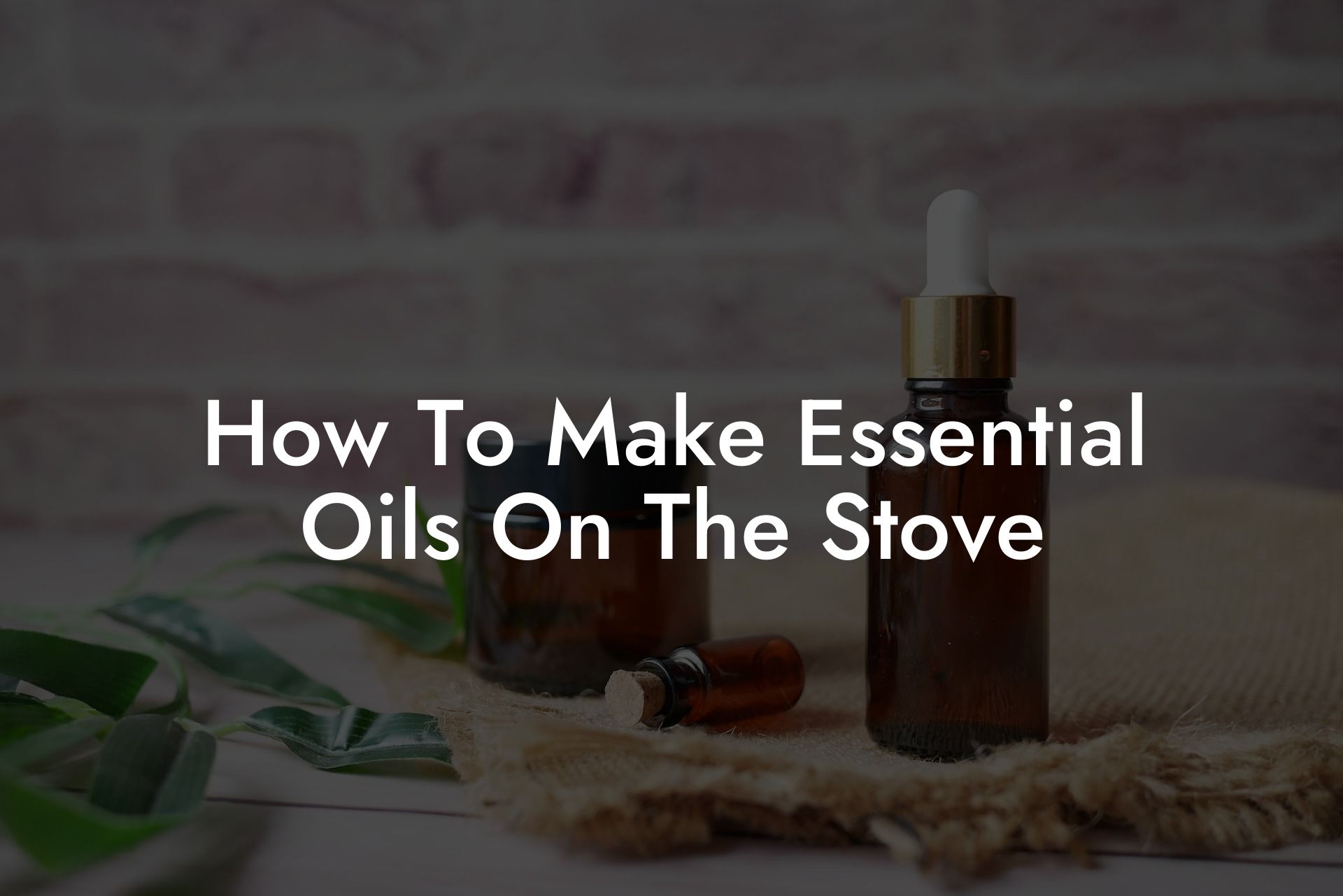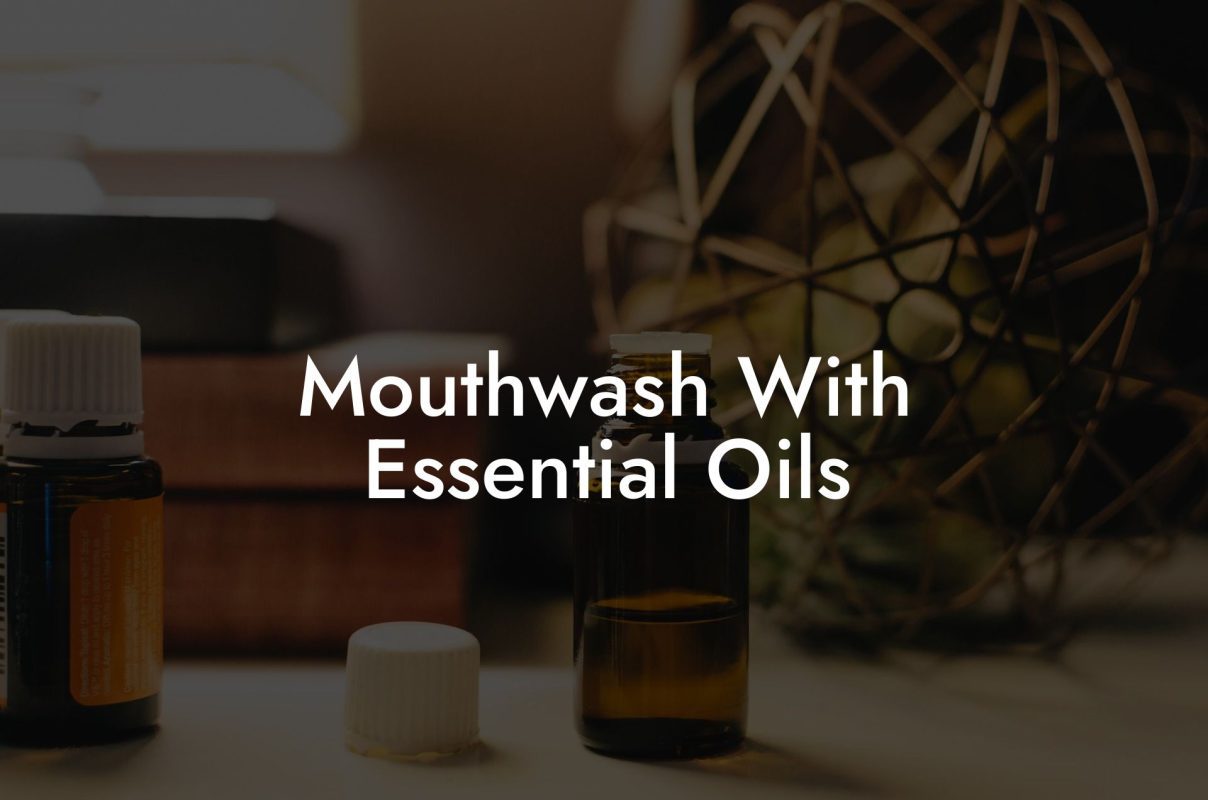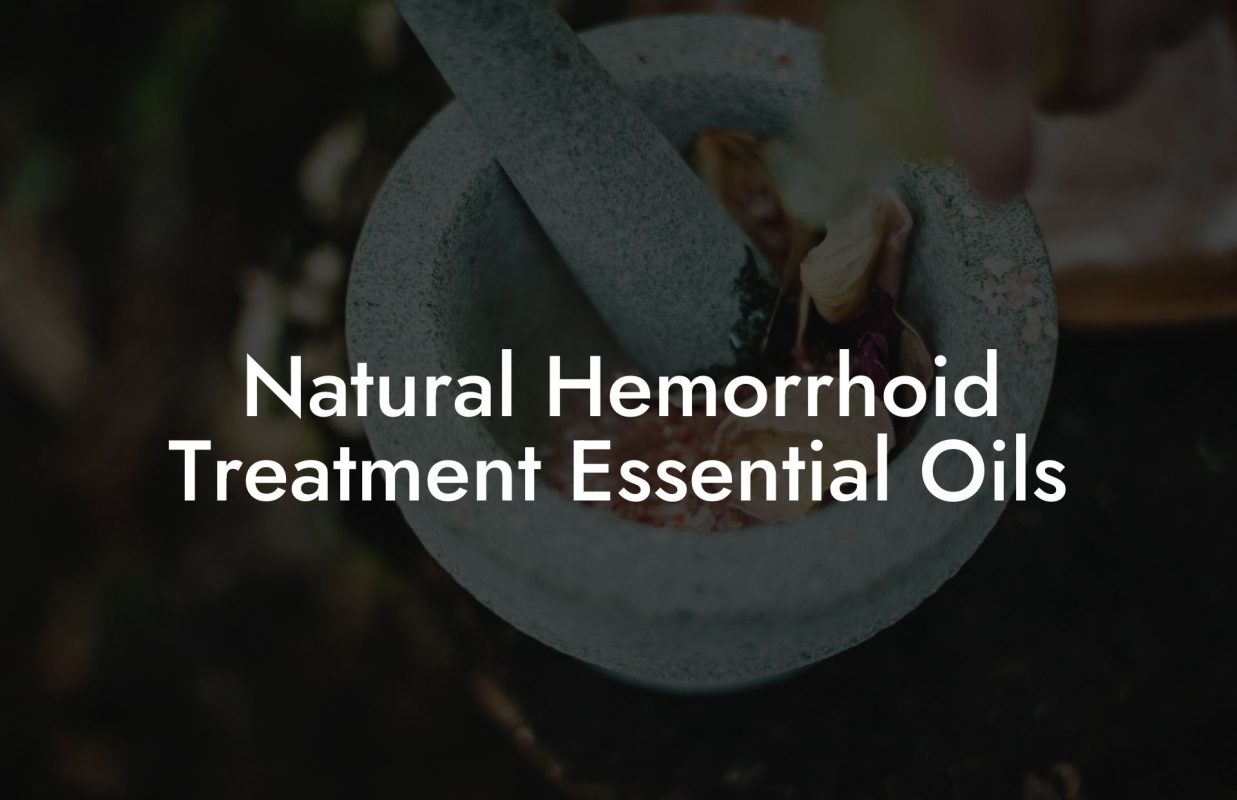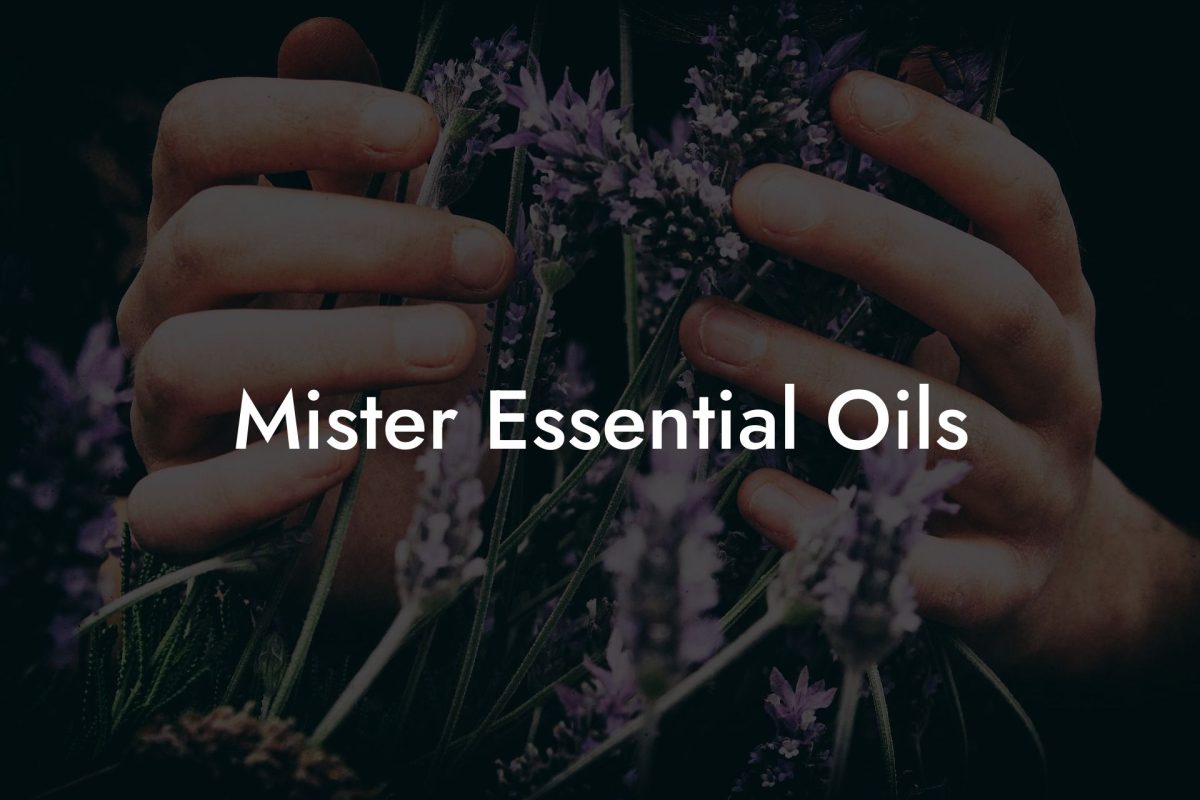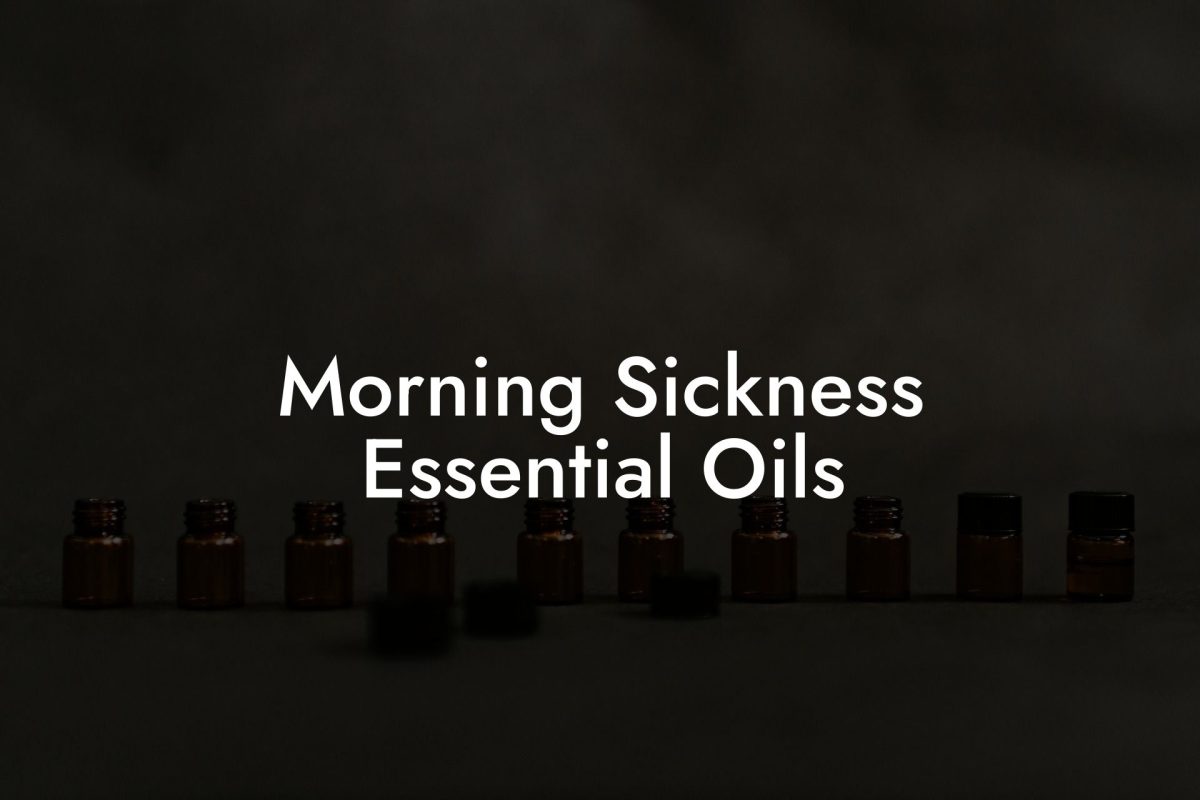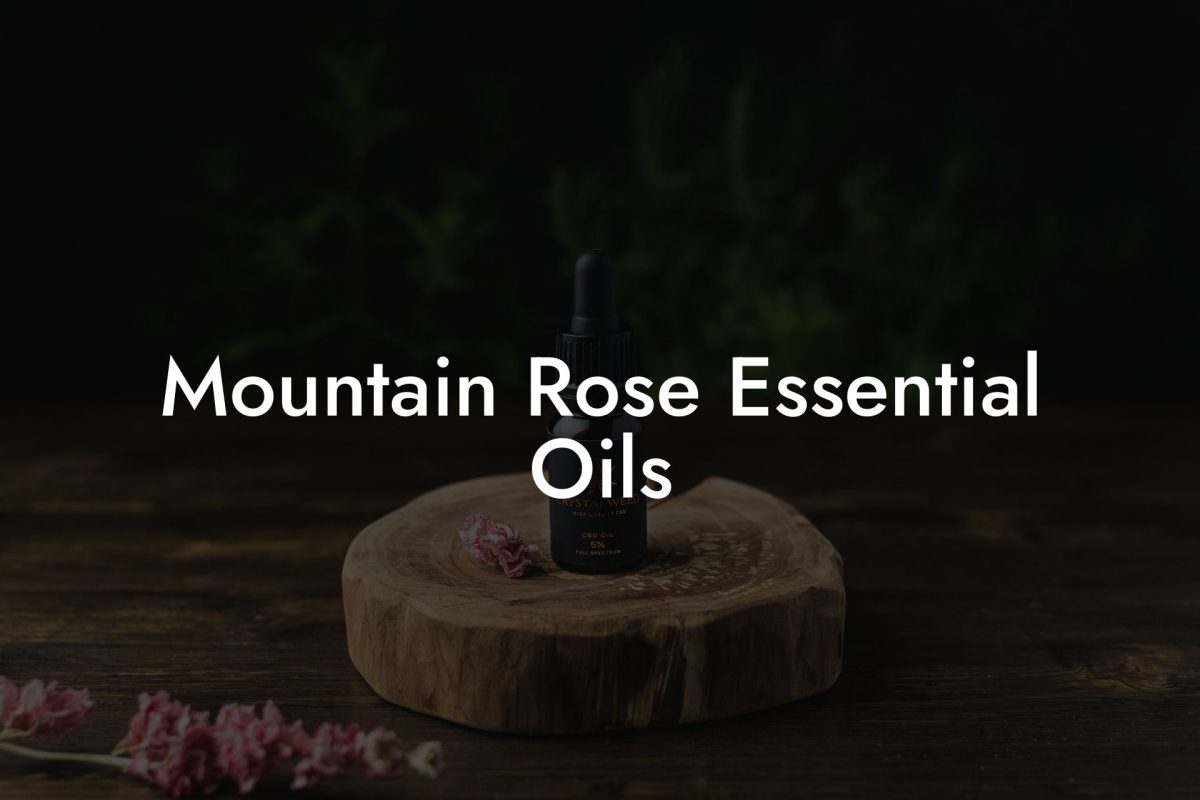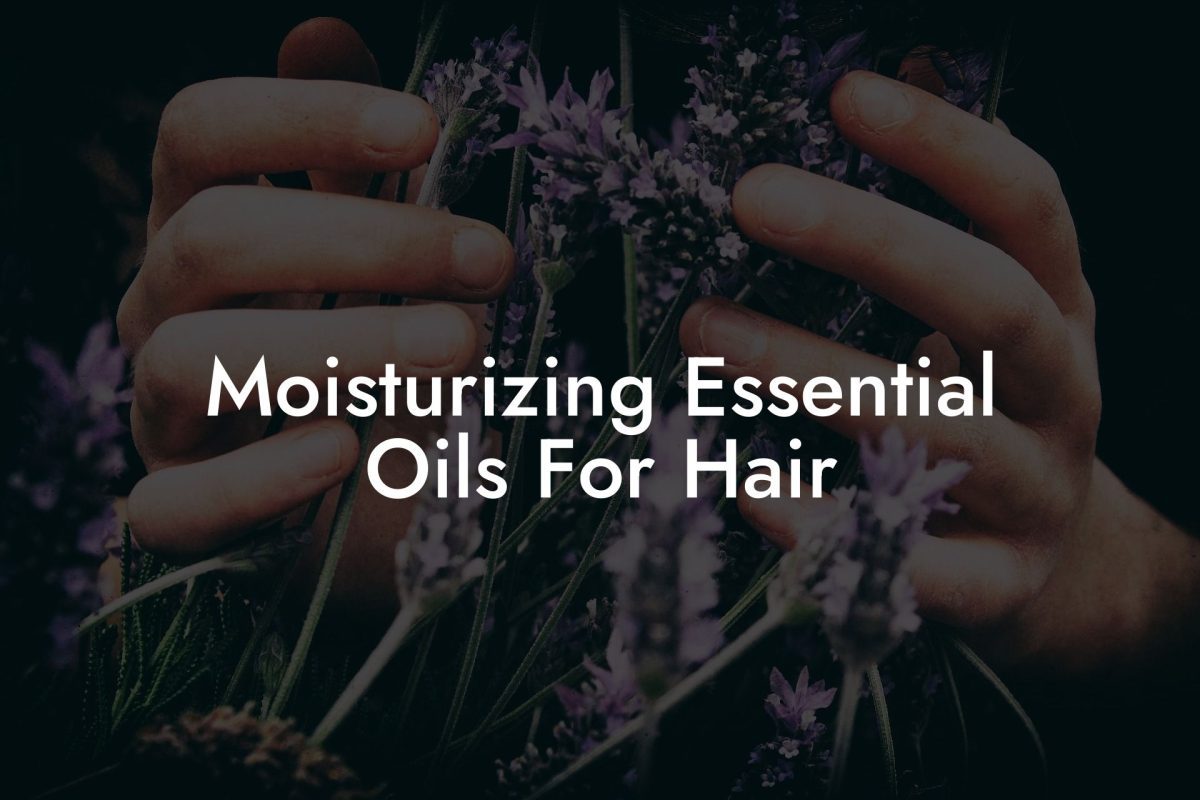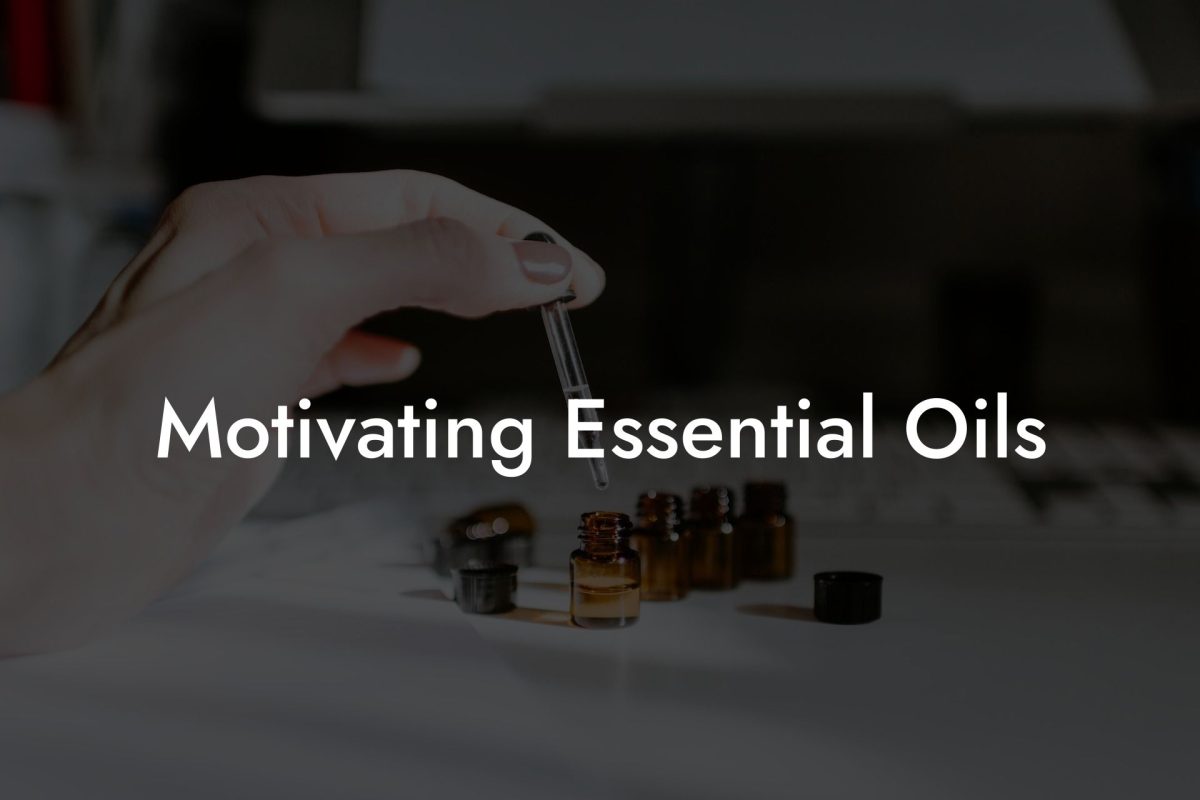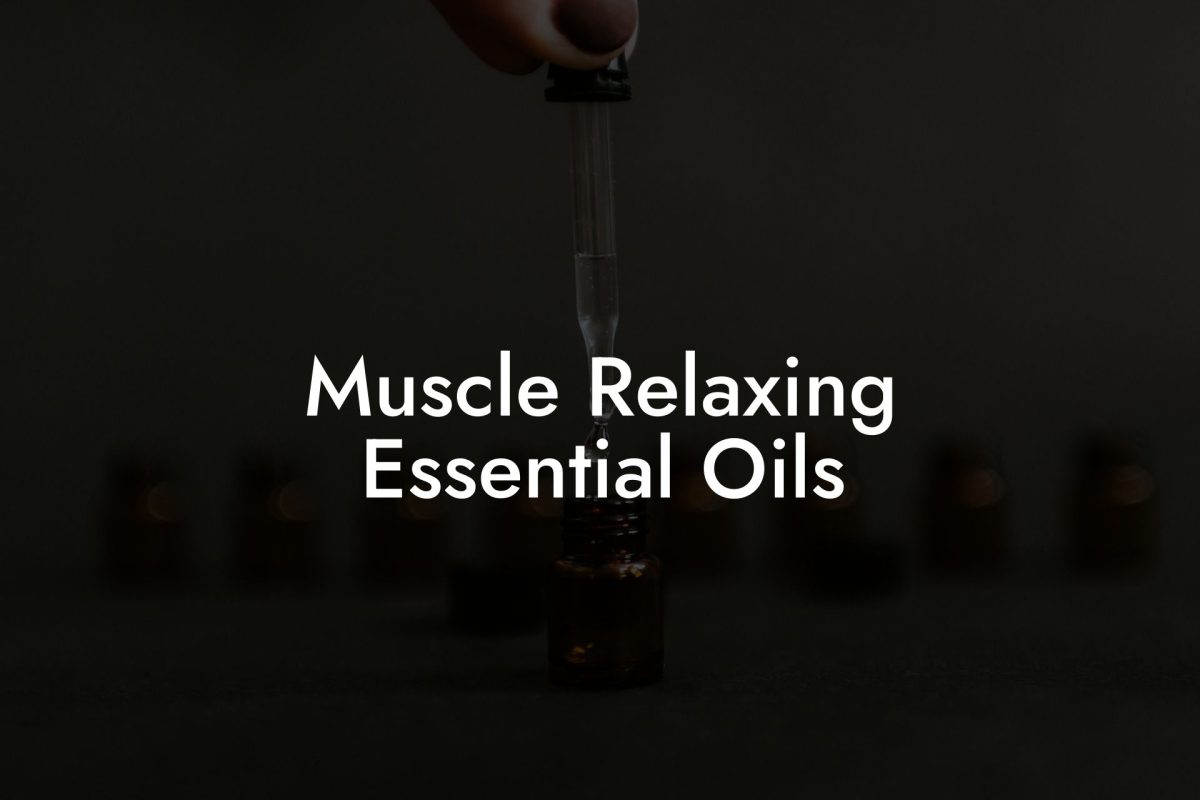Are you interested in creating your own essential oils at home using natural ingredients and methods? Good news – it’s possible and easier than you might think! In this article, we’ll explore a simple method for making essential oils on the stove, taking you through the process step by step. By following this guide, you’ll be well on your way to making your own unique and beneficial scents in no time.
Table of Contents
Why Make Essential Oils on the Stove?
There are a few reasons why you might want to consider making essential oils at home instead of purchasing them from a store:
- Control over ingredients: You can choose the exact plant materials and oils you want to use, ensuring you get the specific benefits and scents you desire.
- Saves money: Purchasing essential oils can be pricey, especially if you use them frequently. By making your own, you can save money and create a larger quantity of oil.
- Creativity: Mixing and creating your own essential oils allows for experimentation and can lead to discovering new scents and combinations that you love.
- Quality assurance: By making your own essential oils, you know exactly what’s going into them and can ensure their quality, which may not always be the case when purchasing from a store.
Stove-Top Essential Oil Method
One popular method for making essential oils at home involves using a pot or saucepan on the stove. Following these steps, you can easily make your own essential oils on your kitchen stove:
1. Gather Materials and Ingredients
Before you start, you’ll need to gather the following items:
- Stove and saucepan or pot
- Plant material (such as dried herbs, flowers, or citrus peels)
- Carrier oil (such as olive, coconut, or almond oil)
- Wooden spoon
- Strainer or cheesecloth
- Dark glass storage container
2. Prepare the Plant Material
Chop or tear up your chosen plant material into small pieces, removing any large stems or tough parts. This will help to more effectively release the essential oils from the plants during the heating process.
3. Mix Plant Material and Carrier Oil in the Saucepan
Place a good amount of your prepared plant material in the saucepan, covering it completely with your chosen carrier oil. The ratio of plant material to oil will affect the potency of the final product, so experiment to find the combination you prefer.
4. Cook on Low Heat
Place the saucepan on the stove and set the heat to low. Stir the mixture occasionally with a wooden spoon, ensuring the plant material doesn’t stick to the bottom of the saucepan. It’s important to keep the heat low to avoid burning or damaging the plant material and the essential oils that are released.
5. Simmer for a Few Hours
Allow the mixture to simmer for 2-3 hours, stirring occasionally. The lower the heat and the longer the cook time, the stronger the essential oil will be. However, don’t cook for too long, as damage to the essential oils can eventually occur.
6. Strain and Store
After the mixture has simmered, remove the saucepan from the stove, let it cool, and strain the mixture through a strainer or cheesecloth into your dark glass storage container. Discard the leftover plant material, and ensure the container is tightly sealed. Store your essential oils in a cool, dark place for maximum shelf life.
How To Make Essential Oils On The Stove Example:
Let’s say you want to make a calming essential oil blend with lavender and chamomile. Follow these steps:
- Gather fresh (or dried) lavender and chamomile flowers, a saucepan, olive oil, a wooden spoon, a strainer, and a dark glass container.
- Tear up the lavender and chamomile flowers into small pieces, removing any large stems.
- Place the flowers into the saucepan and cover them with olive oil.
- Set the stove to low heat, stirring occasionally to prevent sticking or burning.
- Simmer for 2-3 hours to allow the essential oils to release.
- Strain the mixture into the dark glass container and store in a cool, dark place.
With these steps, you’ll have a homemade lavender and chamomile essential oil blend perfect for adding to a diffuser, bath, or massage oil.
Now that you know how to make essential oils on the stove, why not give it a try and create your own unique blends? We hope this guide has inspired you to get creative with essential oils and aromatherapy. If you enjoyed this article, please feel free to share it with your friends and family, and don’t forget to explore other guides on Oshu Oils for more information about essential oils and aromacology. Remember to also check out the Oshu Oils range of essential oils, handcrafted with passion and expertise to help you on your aromatherapy journey.

